LEEROOOOYYY!!!!! anderson
Woodbury, (Google Maps location)
June 2018
Woodbury is a quirky little town. Home of America’s first Episcopal Bishop and… Rob Zombie. Home of Connecticut’s Antiques Central and… the modernist Hogpen Hill Farms Sculpture Park. Home of a little pewter museum and… a weirdo little zoo. And home of the Leroy Anderson House.
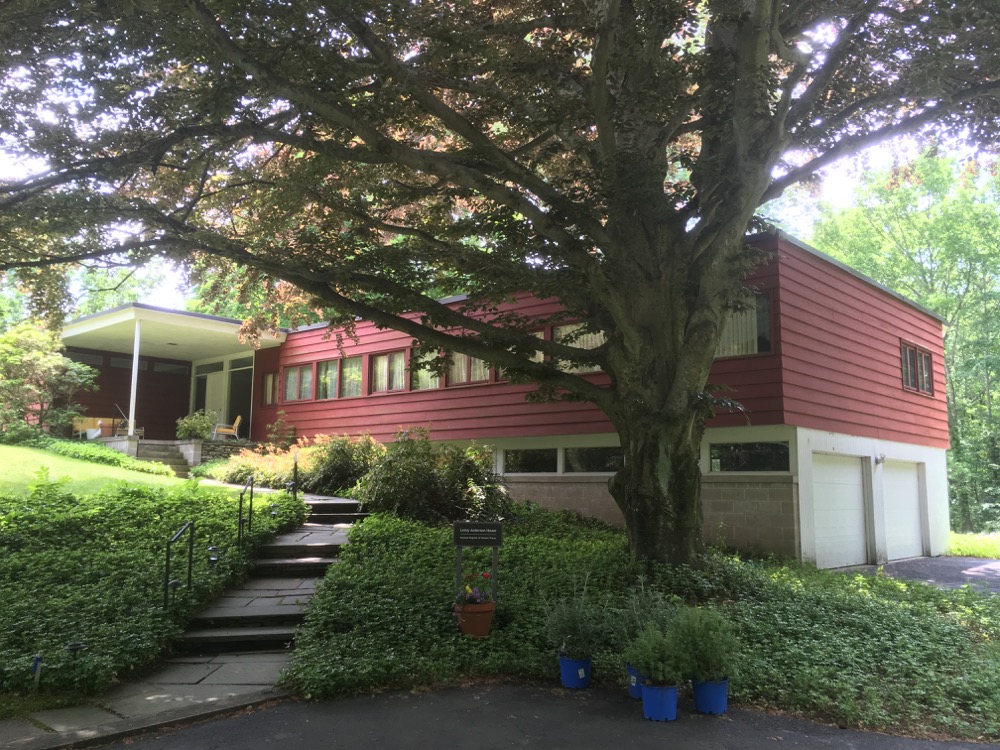
You’ve probably never heard of Leroy Anderson. Don’t lie. Heck, even if you’re from Woodbury you may have never heard of him. (Although his name is attached to a gazebo on the town green and his family sponsors a bunch of civic things around town, so shame on you.)
Regardless of who you are or where you live, you have heard Anderson’s music. Leroy Anderson was an American composer of short, light concert pieces, many of which were introduced by the Boston Pops Orchestra under the direction of Arthur Fiedler. None other than John Williams described him as “one of the great American masters of light orchestral music.”
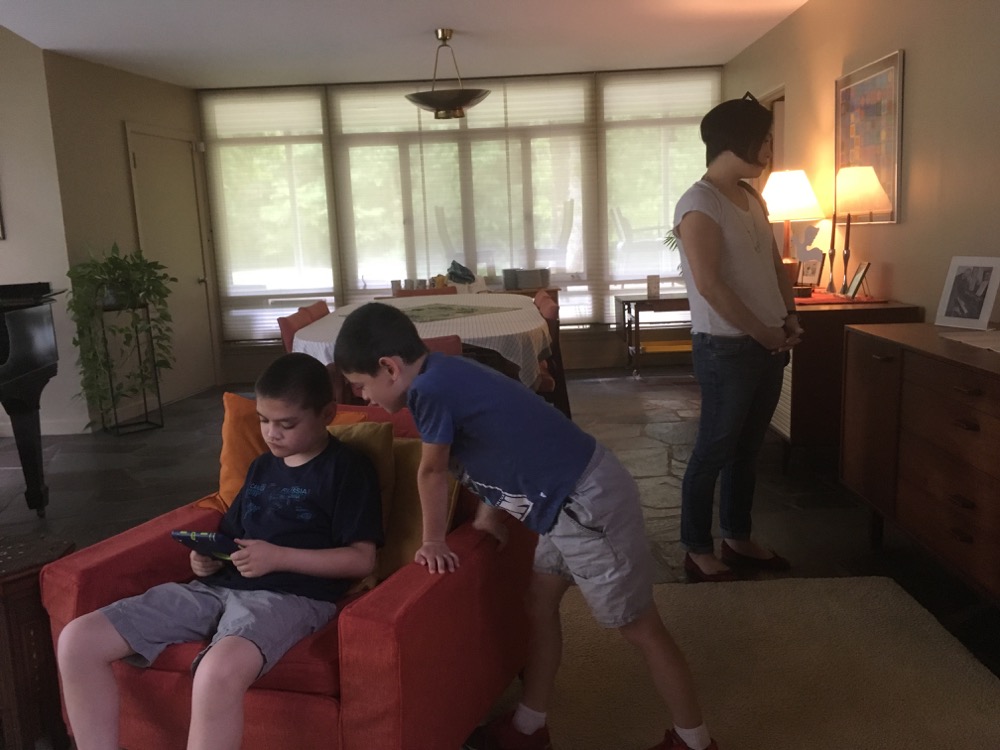
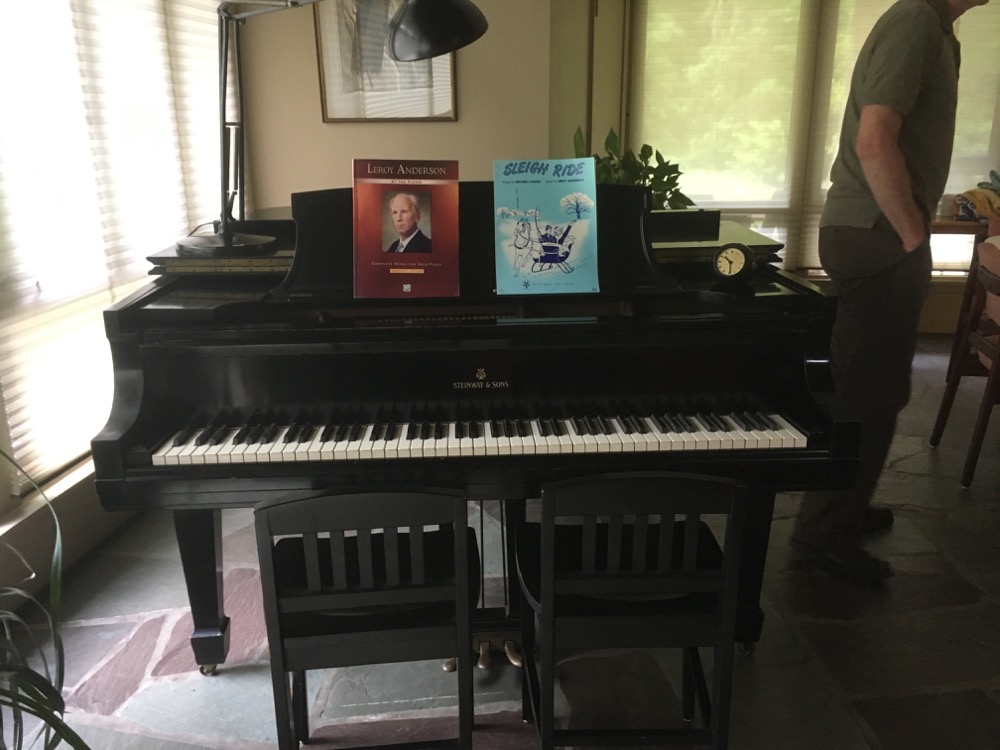
Although born in Cambridge, Massachusetts, Anderson was very proud of his Swedish heritage. He studied music all his life and wound up down the street from his parents at some school called Harvard. Then he got a Master of Arts in Music there as well. The little musical birdie finally flew the coop to play music on Scandinavian cruise ships in the summers of 1930 and 1931. Man, that’s must have been a fun way to spend summers back then.
But he was drawn back to Cambridge and – you know how some super talented people are always super duper smart? Leroy was like that. He continued studying at Harvard, working towards a PhD in German and Scandinavian languages; Anderson spoke English and Swedish during his youth, and eventually became fluent in Danish, Norwegian, Icelandic, German, French, Italian, and Portuguese. That just seems impossible to me.
And you know how super talented and super smart people sometimes have life experiences that you and I never will? Leroy was like that too. In 1942, he joined the United States Army, and was assigned in Iceland with the U.S. Counterintelligence Corps as a translator and interpreter. In 1945 he was reassigned to the Pentagon as Chief of the Scandinavian Desk of Military Intelligence. His duties did not, however, prevent him from composing music, and in 1945 he wrote “The Syncopated Clock” and “Promenade”. Oh, that’s not all: Anderson became a reserve officer and was recalled to active duty for the Korean War.
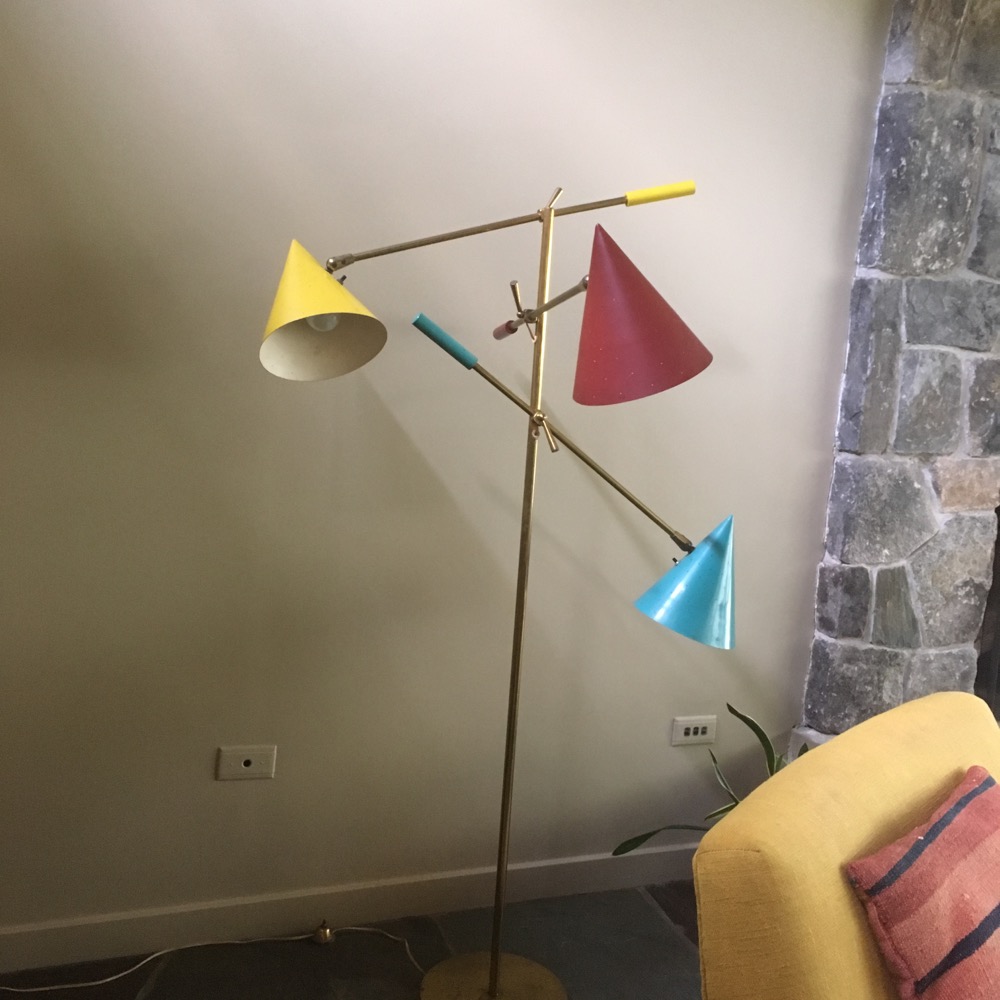

War on the other side of the world you say? Bah. He wrote his first hit, “Blue Tango”, in 1951, earning a Golden Disc and the No. 1 spot on the Billboard charts. “Blue Tango” was the first instrumental recording ever to sell one million copies. It spent 38 weeks on Billboard’s national singles charts and an astounding six months in the top ten. I’m familiar with it, but I’m a bit perplexed at its popularity. Here it is. Now “Syncopated Clock?” That song slaps.
I’ve got a secret. Anderson’s “Plink, Plank, Plunk” was the theme song for the old game show, I’ve Got a Secret. My favorite Anderson composition, though, is even goofier. Here it is performed by the Iceland Symphony Orchestra. Watch this. You’ll be delighted.
Today, Anderson is far more famous for another song which we’ll get to in a minute. Or, more accurately, the song is certainly known to you even if Anderson is not. Let’s talk about the house and how we came to visit it.
The Leroy Anderson House is interesting for a few reasons. For one, it’s one of a small number of composers’ homes in the United States occasionally open to the public. It also provides a fairly rare opportunity to tour a classic mid-century modern home in New England. And I can’t really think of anywhere else in the state to get a healthy dose of Swedish-American culture around here.

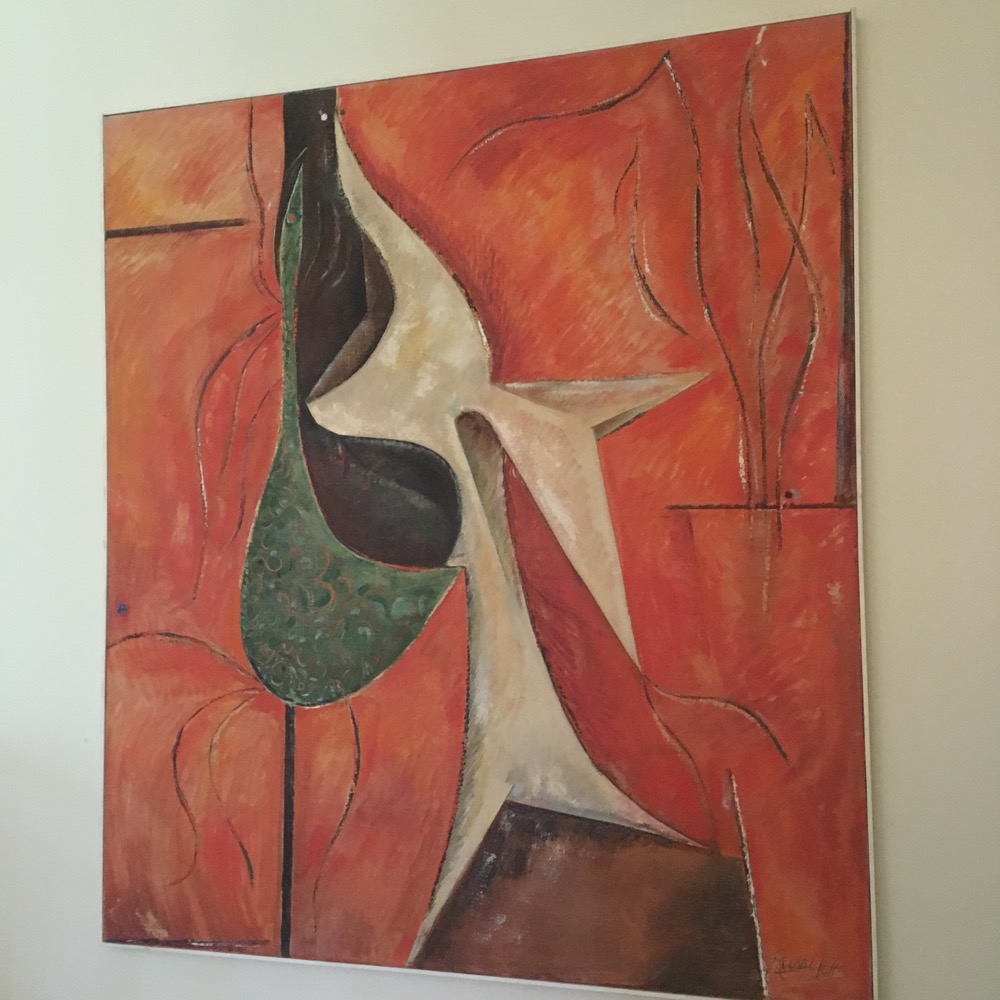
Following Anderson’s death in 1975, his widow Eleanor Anderson set out to reinforce the public’s awareness of not only her late husband’s music, but of his personal story. To that end she she helped create a PBS biography about him, helped with a biography, organized a website, and set the creation of the museum in motion. She created the Leroy Anderson Foundation and sorted out how to leave the house and land to the town and even set up an exhibit for her friends to visit and remember her late husband.
What a woman! You hear that Hoang? CTMQ Museum? Do. It.
Speaking of Hoang, after making an appointment with the museum, I corralled her and our sons and made the trip west. For those of you who don’t know, Hoang is one of the biggest fans and supporters of mid-century modern architecture. I simply told her that we were going to a cool house and that was good enough for her.
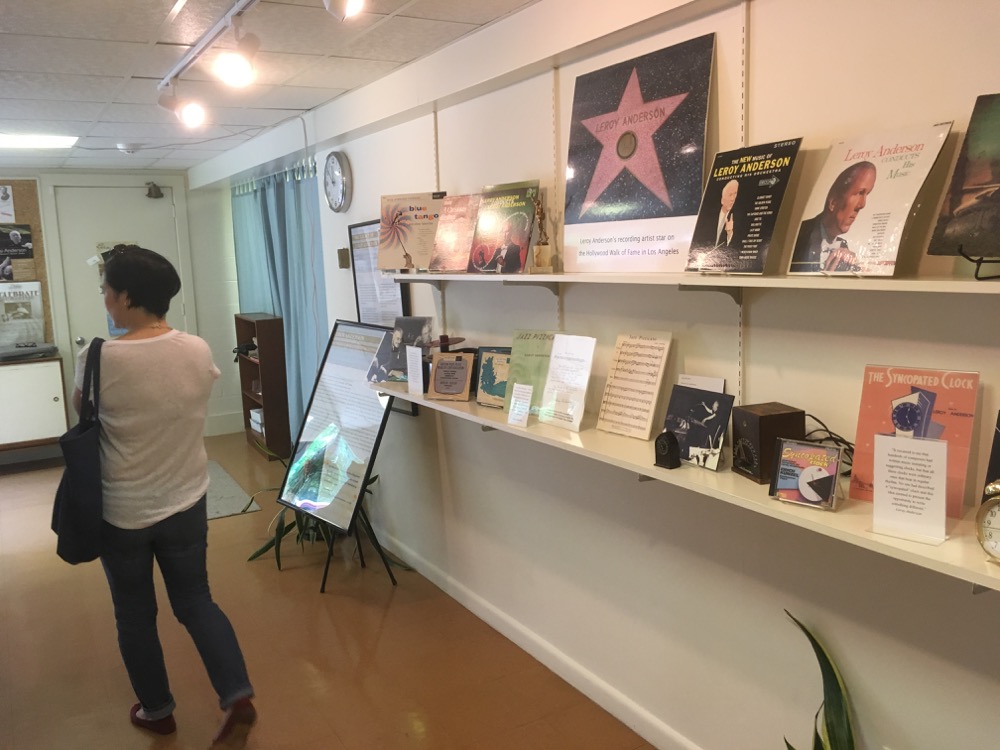
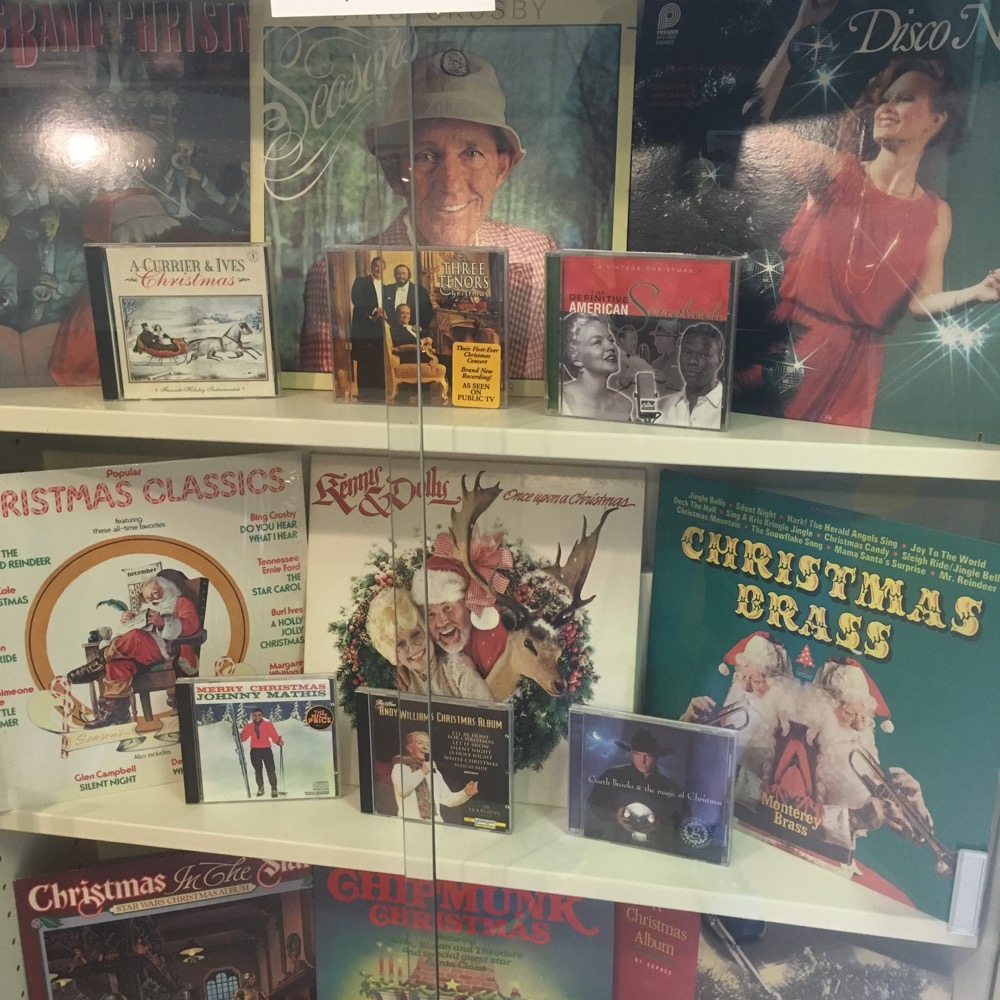
The house itself was custom built for Anderson – a fairly rare instance where an artist was responsible for his own residence. He commissioned the architect Joseph Stein of Waterbury to design a modern house where Anderson and his family could live and where the composer could work. It’s quite lovely and features large expanses of glass, native stone in walls and floors, geometric massing, and a decided lack of ornamentation.
Joseph Stein is interesting, as he was taught by Walter Gropius at Harvard right with the famous Harvard Five (John M. Johansen, Marcel Breuer, Landis Gores, Philip Johnson and Eliot Noyes). I wonder if Stein designed in New Canaan like the others he’d be part of the Harvard Six. Although I’m not sure he’s as inventive as the others, but I’m only basing that on this one house of his.


Leroy Anderson specified that he wanted to be able to play string quartets in the living room and part of the commission demanded that the acoustics of the space were to be superb. Apparently they are.
Our guide was a gracious gentleman who I believe was an Anderson relative of some sort. He admitted that most people who visit the house are Anderson fans, not “random guys who go to lots of museums and their children that are scaring me.” For the record, my kids are good in places where they are not allowed to touch things. In the end, we had no issues.
We were shown several rooms and the information about Anderson was interesting enough for Hoang to stop gawking at the house itself and to learn about the man of the hour. We were shown his work room with his gold records and original manuscripts and his library with an extensive collection of books on music and languages. The coolest room is the living room with Anderson’s grand piano, a modern sculpture by William Talbot, a modern painting reflecting Stravinsky’s Firebird by Russell Huff commissioned by Leroy Anderson, and his cello.
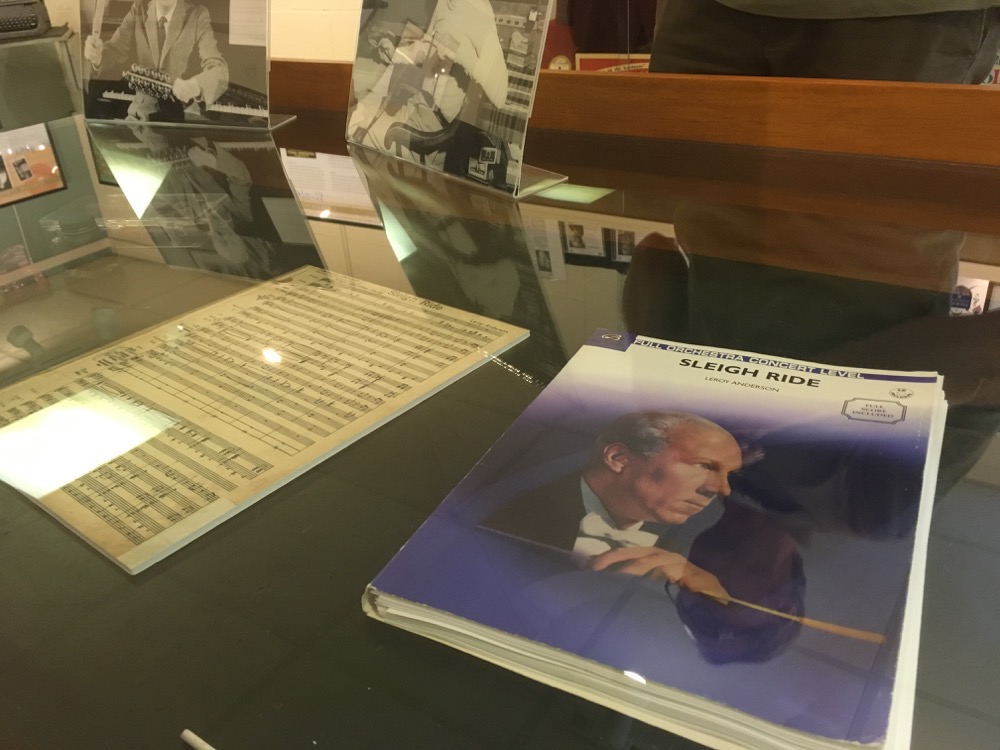
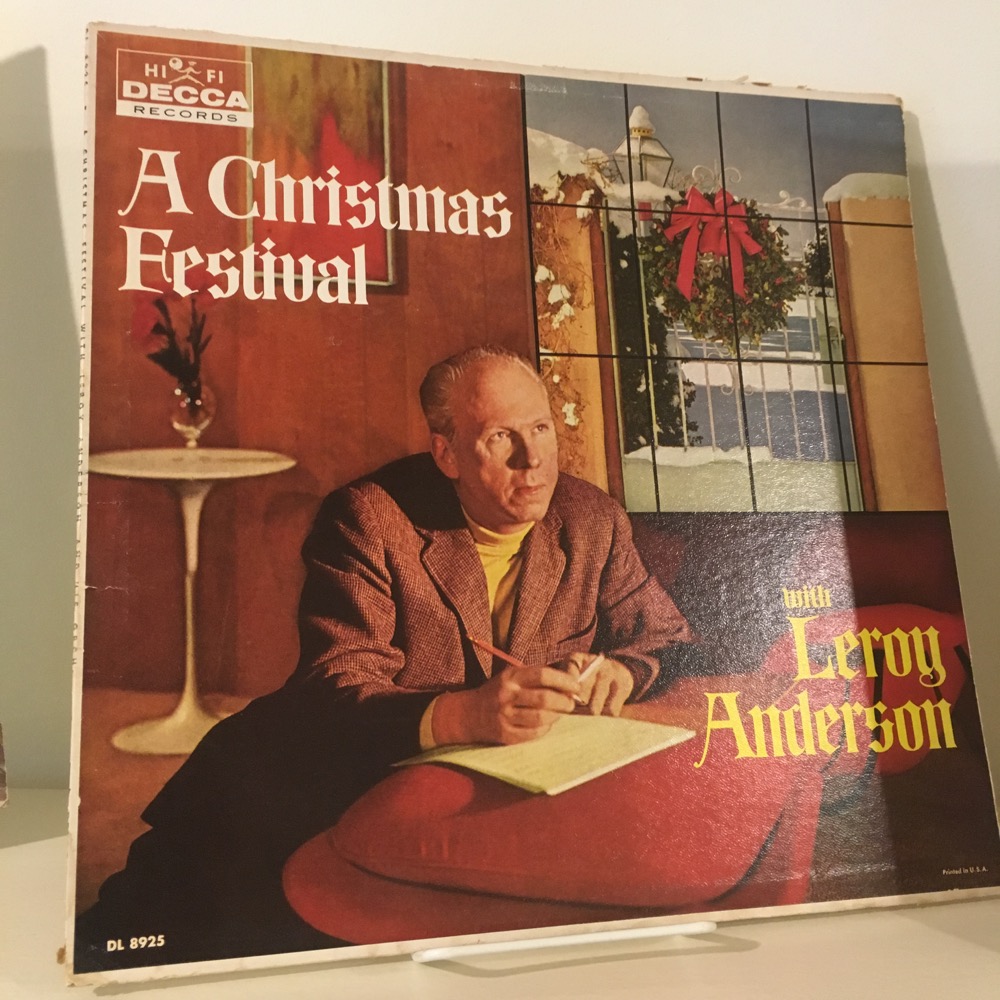
Other American composer house museums in the US include Aaron Copland, Stephen Foster, Charles Ives, Scott Joplin, Cole Porter, John Philip Souza, and Meredith Wilson. Rather impressive company.
Like my wife, Leroy Anderson was a thorough modernist. His Swedish heritage influenced his interest in Scandinavian design, food, and languages and most of the furniture in the house is Danish Modern with many pieces that were made in Copenhagen. Both Hoang and I were swooning. Funny story: when Anderson bought the property to build upon, he told the locals that he planned to build a Colonial because he was afraid of backlash. He’s on record stating that he hated traditional Colonials. I love this guy.
He chose to live in the woods for the solitude. But he demanded more, he had a soundproof composing room with double doors to keep his kids’ noises out. Yeah, I definitely love this guy.
And you definitely love his most famous song: Sleigh Ride. Timeless, classic, cheery. Anderson formed the original idea for the piece during a heat wave in July 1946, and didn’t finish the work until February 1948. (The lyrics, about riding in a sleigh and other fun wintertime activities, were written by some guy named Mitchell Parish in 1950.) Anderson didn’t mean for the song to be a Christmas song at all; rather, it was just a light winter piece. The horse clops and neighs and actual sleigh bells were added in a later arrangement by some other guy.
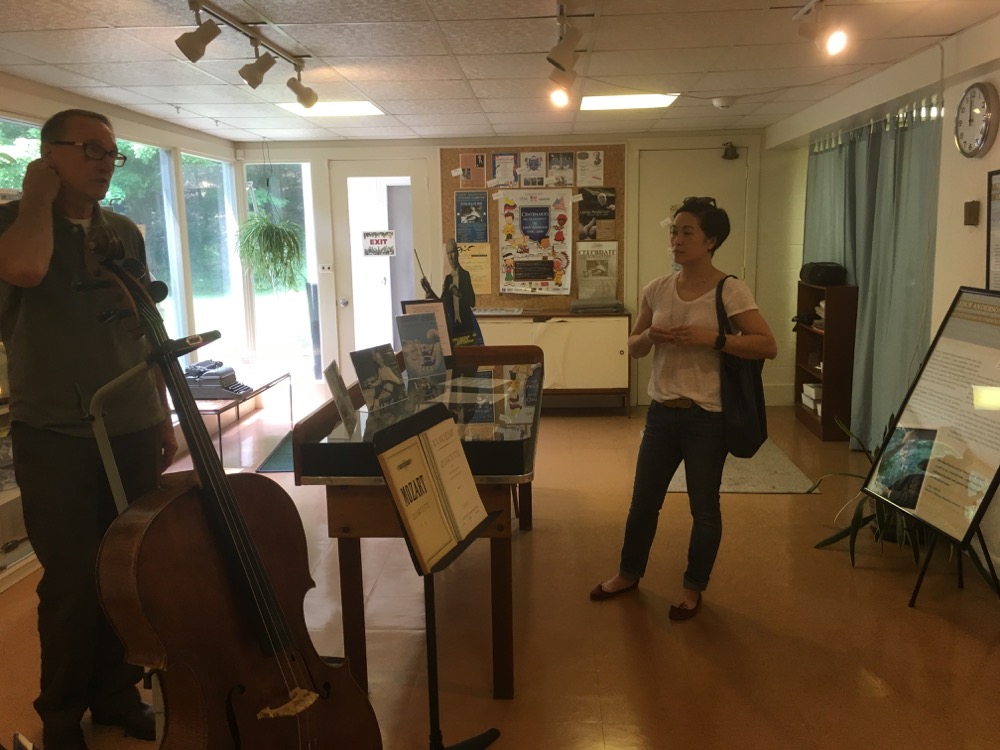
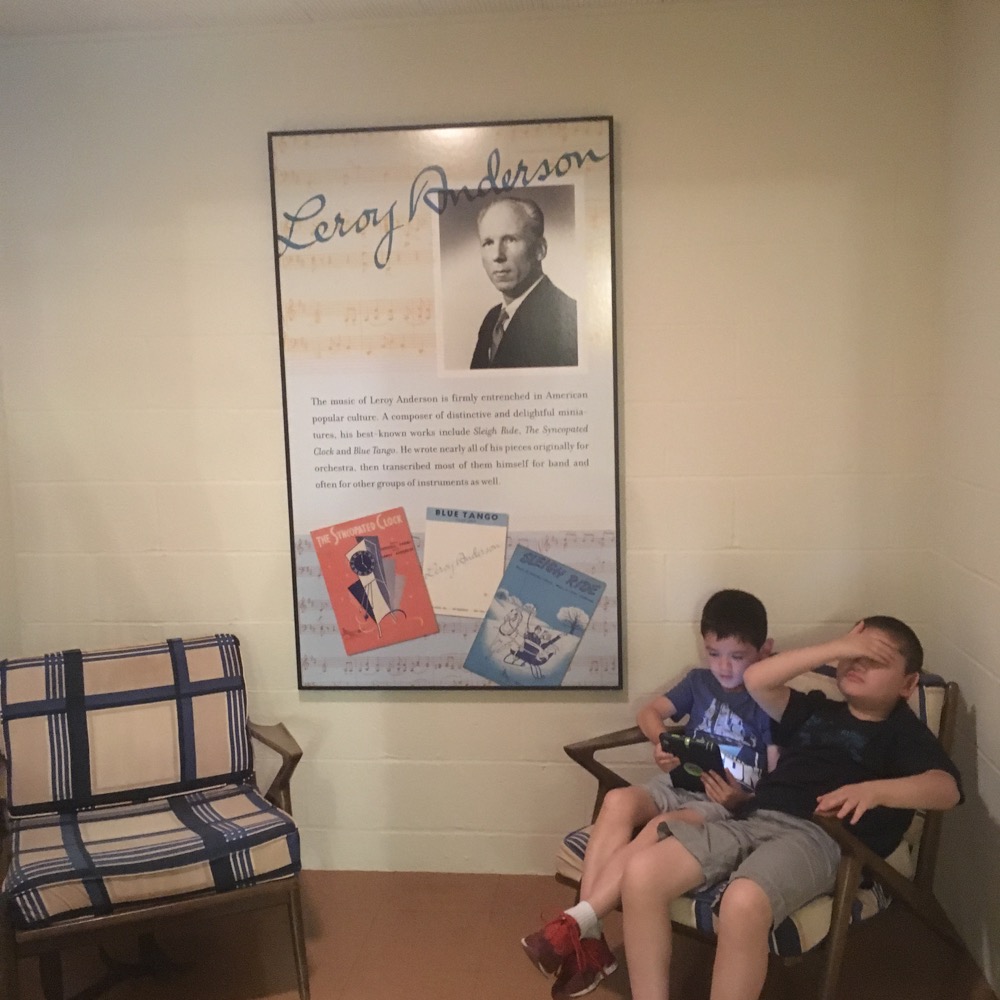
Others have recorded their own versions of the song countless times, with the Ronettes probably being the most well known. These include The Andrews Sisters, Johnny Mathis, Ella Fitzgerald, The Carpenters, Amy Grant, Air Supply, TLC, Spice Girls, (Cat) Sufjan Stevens, Miley Cyrus and Bill Murray, Idina Menzel, Gwen Stefani, and Meghan Trainor. (And The Ronnettes of course.)
Vulture claims there have been 94 recorded versions of the song. In case you’re forgetting the tune, here’s the original.
We had as much fun as we could have had at such a place. The boys were good and Hoang and I learned a lot about Leroy Anderson – in between drooling over the interior – and exterior design. Not quite a white whale museum, as it’s open (in 2022) fairly frequently on weekends. Go for it.
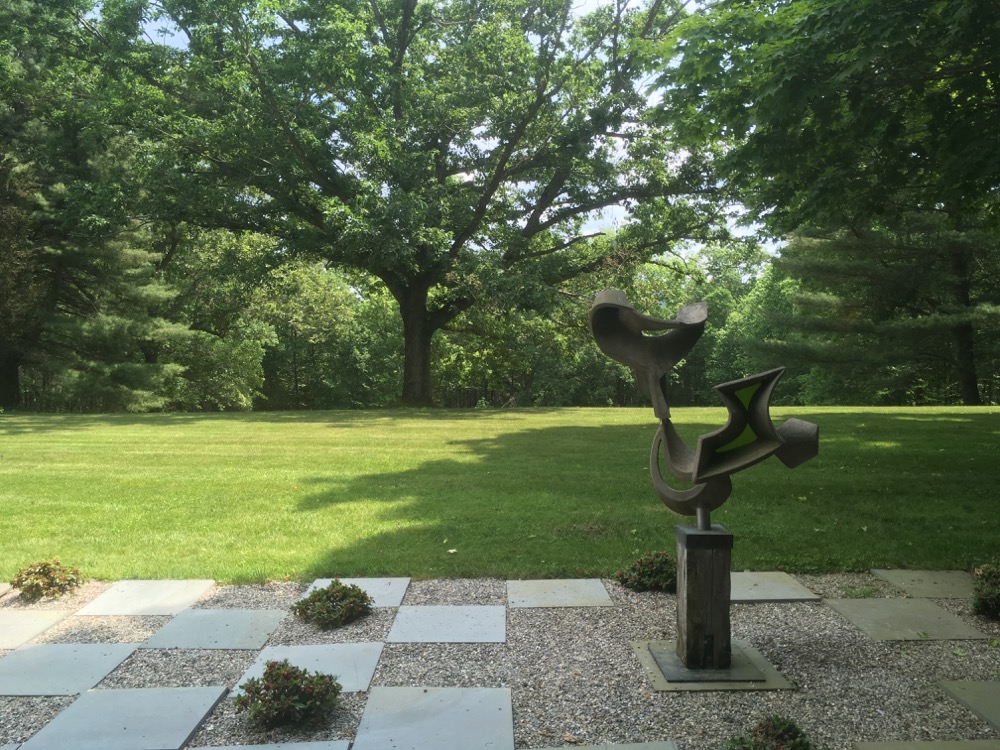
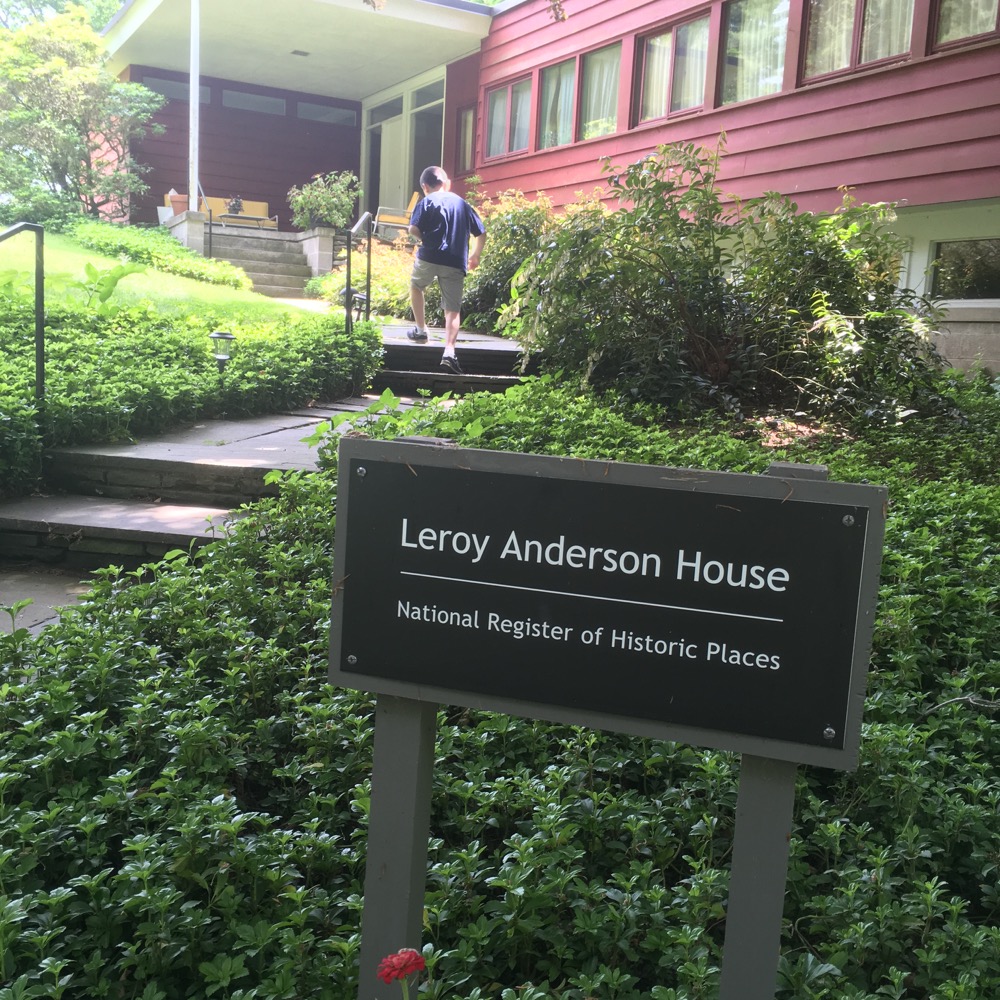
![]()
Leroy Anderson House
CTMQ’s Museum Visits

Leave a Reply